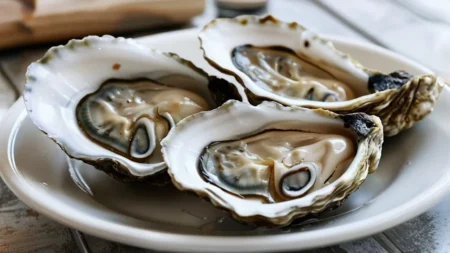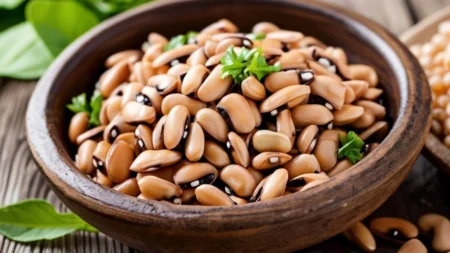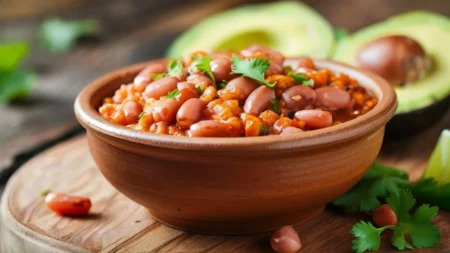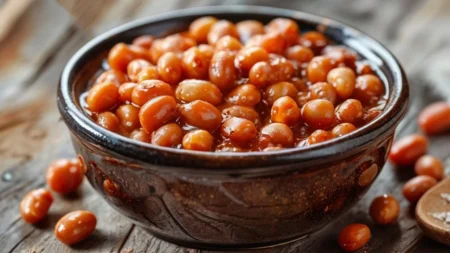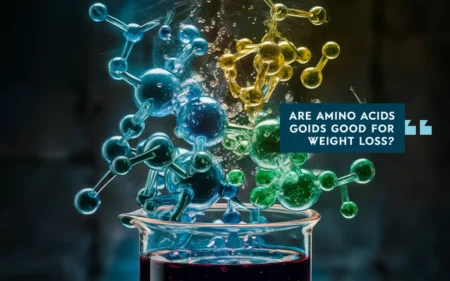The human body has two main types of fat tissue. These are white adipose tissue (WAT) and brown adipose tissue (BAT). WAT stores extra energy as triglycerides1. Meanwhile, BAT is for making heat through a special protein called Uncoupling Protein 1 (UCP1)1. It’s key to know how WAT and BAT work to fight obesity and metabolic disorders. In this piece, we will look into the details of WAT and BAT.
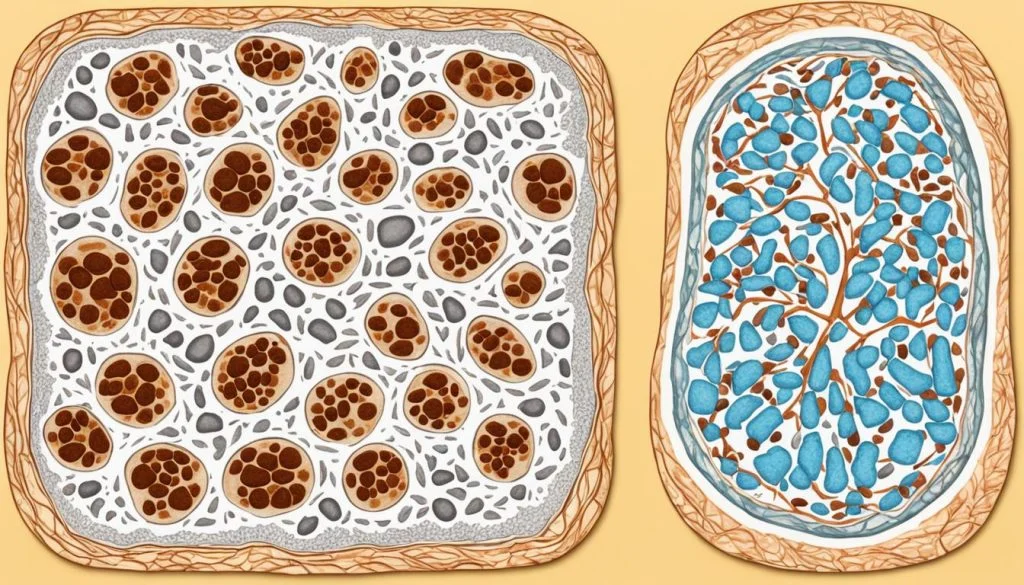
Key Takeaways
- The human body contains two main types of fat tissue – white adipose tissue (WAT) and brown adipose tissue (BAT).
- WAT is the main spot that saves extra energy in the form of triglycerides. On the other hand, BAT is all about making heat (thermogenesis).
- Studies show that many adults have BAT. This helps boost their metabolism and keeps their Body Mass Index (BMI) down1.
- Some WAT under the skin can start acting like BAT. This discovery could lead to new ways to burn energy and fight obesity’s side effects1.
- Fibroblast growth factor 21 (FGF21) could be a key in treating obesity. It works by making WAT turn more BAT-like1.
Understanding the Distinct Roles of White and Brown Fat
White Adipose Tissue: The Energy Storage
White adipose tissue, or WAT, is the main type of fat in our bodies. It stores extra energy as triglycerides, as we need it later. WAT does more than just store energy. It acts as a layer of insulation, cushions our organs, and releases special hormones called adipokines. These hormones help control things like our appetite and metabolism.2 Inside white adipocytes, which are the cells that make up WAT, you can find large single droplets of fat. This setup is perfect for efficient energy storage.
Brown Adipose Tissue: The Thermogenic Powerhouse
Brown adipose tissue, or BAT, has a different job. It’s all about producing heat, especially when our bodies get cold. This heat generation happens through a process that’s unique to BAT, involving a protein called UCP1.2 You can spot BAT easily because it looks brown, thanks to lots of mitochondria and many small droplets of fat.2 When we’re exposed to cold, BAT turns on, helping us keep warm and using up more energy.
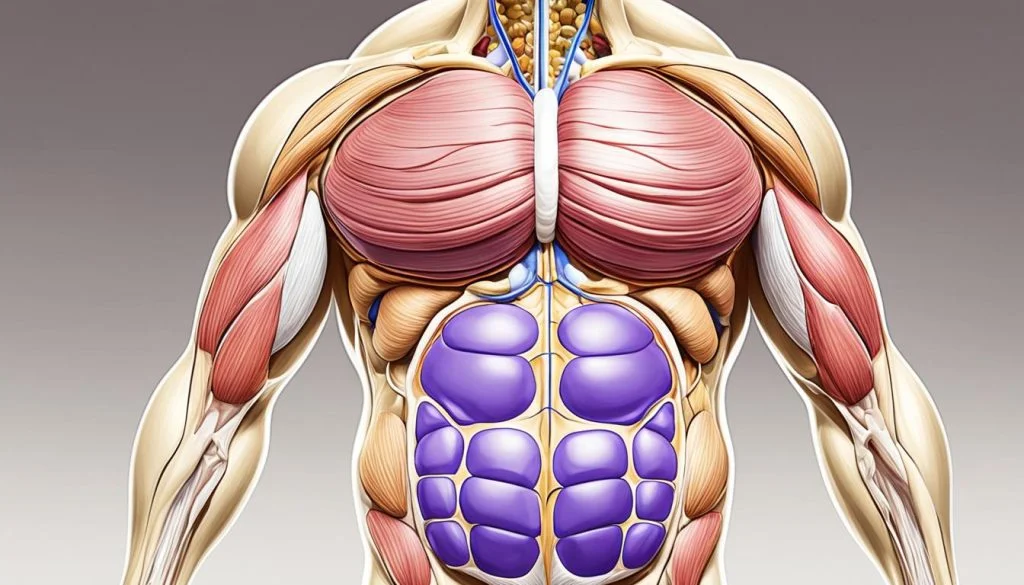
Anatomical Distribution and Characteristics
White adipose tissue (WAT) falls into two categories: subcutaneous and visceral fat. Subcutaneous fat is under the skin and makes up most of the body’s WAT. It accounts for about 20-25% of a healthy person’s total weight.3 On the other hand, visceral fat wraps around the internal organs. It’s closely linked to health issues like insulin resistance and type 2 diabetes.3
Subcutaneous and Visceral White Fat
Adults mainly have white adipose tissue, but it spreads throughout the body until puberty. At that point, brown fat mostly disappears except for areas like the space behind the stomach. It stays around blood vessels and other spots in the neck, back, and chest.3
Brown Fat Deposits in Adults
Previously, brown adipose tissue (BAT) was thought to only exist in babies and small animals. Recently, scientists found BAT in adults too. This BAT is mostly in the neck, around the collarbone, and by the spine. Its main job is to help regulate body temperature and burn calories.45
function of white and brown adipose tissue
White Fat’s Role in Insulation, Endocrine Function, and Energy Metabolism
White adipose tissue (WAT) has many jobs, like keeping us warm and protecting our organs. It also acts like a hormone factory, making substances that control our hunger, energy use, and how our bodies handle sugar.1 Plus, when we don’t eat enough, WAT can break down to give us the energy we need.1
Brown Fat’s Impact on Thermogenesis and Energy Expenditure
Brown fat (BAT) is key for making heat without shivering and burning calories. It does this by using a lot of mitochondria and a special protein called UCP1. Unlike usual cell energy work, it makes heat instead of energy.2 Using up more energy can help keep weight in check and boost our metabolism.21
| Characteristic | White Adipose Tissue (WAT) | Brown Adipose Tissue (BAT) |
|---|---|---|
| Energy Storage | Stores excess energy as triglycerides1 | Dissipates stored energy as heat1 |
| Cell Structure | Large, unilocular lipid droplets1 | Small, multilocular lipid droplets1 |
| Mitochondrial Density | Low1 | High1 |
| Function | Insulation, cushioning, endocrine activity1 | Thermogenesis, energy expenditure21 |
Conclusion
In summary, there are two major types of body fat, each with its own job. White adipose tissue (WAT) saves extra energy for later as triglycerides. This helps our bodies store calories.6
On the other hand, brown adipose tissue (BAT) creates heat without shivering to burn more energy. This process, called non-shivering thermogenesis, uses a lot of energy. It’s a key player in fighting obesity and related health issues.6
The power of each kind of fat can change and affect our health. For example, some people might not burn energy as well, leading to weight gain. But, when people are exposed to cold, their brown fat can become more active, helping them stay lean.6
Understanding white and brown fat’s roles can help us fight obesity better. We need to learn more about them for smarter health strategies.6
The future of treating obesity depends on knowing all we can about these fats. Their special functions offer hope for new solutions to the obesity crisis.
FAQ
What are the two main types of fat tissue in the human body?
The human body has two main types of fat tissue. These are white adipose tissue (WAT) and brown adipose tissue (BAT).
What is the primary function of white adipose tissue (WAT)?
White adipose tissue mainly stores extra energy as triglycerides. It’s the body’s energy bank.
What is the main function of brown adipose tissue (BAT)?
Brown adipose tissue is for making heat (thermogenesis) thanks to a special protein called Uncoupling Protein 1 (UCP1).
How are white and brown adipose tissues classified?
White adipose tissue can be in two subtypes: subcutaneous and visceral. Brown adipose tissue is usually in areas like the neck and around the spine.
What are the key differences between white and brown adipose tissues?
The differences are clear. White adipose tissue stores energy and looks white because of its lipid droplets. Brown adipose tissue, with its mitochondria and ability to produce heat, has a brownish tint.
How do white and brown adipose tissues contribute to metabolic health?
White adipose tissue helps by releasing hormones like adipokines. These control hunger, help with how you use energy, and make insulin work better. Brown adipose tissue works by burning more energy, which can help with keeping weight in check and having a healthy metabolism.
Source Links
- https://www.news-medical.net/life-sciences/The-Differences-Between-White-and-Brown-Adipose-Tissue.aspx
- https://www.ncbi.nlm.nih.gov/pmc/articles/PMC3661118/
- https://www.kenhub.com/en/library/anatomy/adipose-tissue
- https://www.ncbi.nlm.nih.gov/pmc/articles/PMC6050204/
- https://www.ncbi.nlm.nih.gov/pmc/articles/PMC3661606/
- https://www.ncbi.nlm.nih.gov/pmc/articles/PMC3593062/






